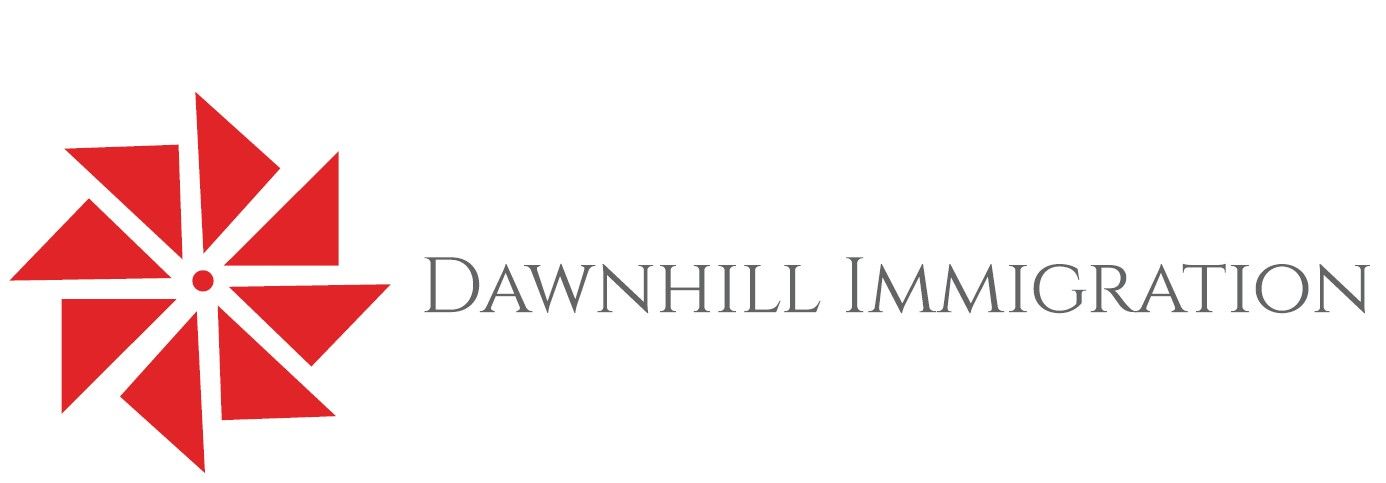Navigating Work Permit Applications in Canada: Expert Tips
Understanding the Basics of Work Permits in Canada
Applying for a work permit in Canada can seem overwhelming, especially if you're unfamiliar with the process. However, understanding the basics can significantly ease the journey. A work permit is an official document issued by the Canadian government that allows foreign nationals to work in Canada for a specific employer and time period. It's crucial to know that not all jobs require a work permit, but many do.
To determine if you need a work permit, consider the type of job, the duration of employment, and your nationality. Most foreign workers will need a permit, but there are exceptions for positions like performing artists or athletes.

Types of Work Permits
Canada offers several types of work permits, each catering to different employment needs. The most common are employer-specific work permits and open work permits. An employer-specific work permit restricts you to working for one employer, while an open work permit allows you to work for almost any Canadian employer.
Knowing which type of permit you need is essential to avoid complications during your application process. Each has its own set of eligibility criteria and required documentation.
Employer-Specific Work Permit
This type of permit requires a job offer from a Canadian employer who has obtained a Labour Market Impact Assessment (LMIA). The LMIA is a document from Employment and Social Development Canada that confirms hiring a foreign worker will not negatively impact the Canadian labor market.

Open Work Permit
An open work permit does not require an LMIA or a job offer, allowing more flexibility in employment. They are typically available to spouses of skilled workers or international students and participants in certain programs like the International Experience Canada.
Steps to Apply for a Work Permit
The application process for obtaining a Canadian work permit involves several steps. Here’s a simplified guide:
- Determine your eligibility: Make sure you meet the criteria for the specific type of work permit you are applying for.
- Gather necessary documents: This may include your passport, recent photographs, job offer letter, LMIA (if applicable), and proof of identity.
- Complete the application form: The form can be filled out online or submitted via paper application, depending on your location and preference.
- Pay the application fee: Ensure you pay the correct fee associated with your application type.
- Submit your application: Double-check all information and documents before submission to avoid delays.

Common Challenges and Expert Tips
Navigating the work permit application process can come with challenges. One common issue is incomplete documentation, which can delay or even reject your application. Always double-check that all required documents are included and up-to-date. It's also wise to keep copies of everything you submit.
If English or French is not your first language, consider getting assistance from an immigration consultant or lawyer to ensure clarity and accuracy in your application. Additionally, staying informed about any changes in immigration policies can help you anticipate potential hurdles.
Conclusion
While obtaining a work permit in Canada requires careful attention to detail and thorough preparation, the process is manageable with the right information and resources. By understanding the types of permits available, following the necessary steps diligently, and seeking professional guidance when needed, you can navigate your work permit application successfully.
Remember that patience is key. Processing times vary depending on several factors, including your country of residence and the type of permit applied for. Keep track of your application's status online and be prepared to provide additional information if requested by immigration authorities.
